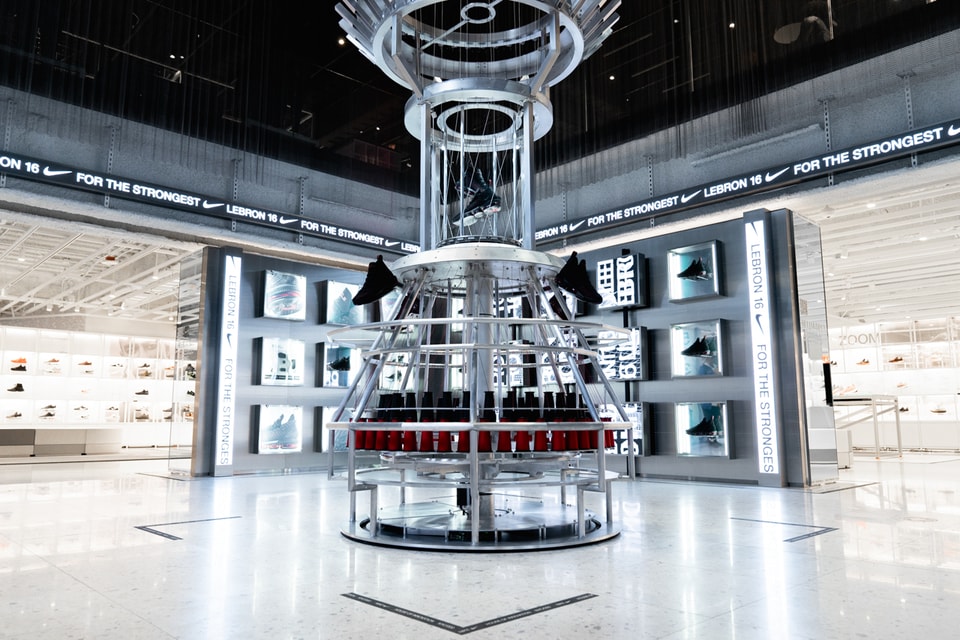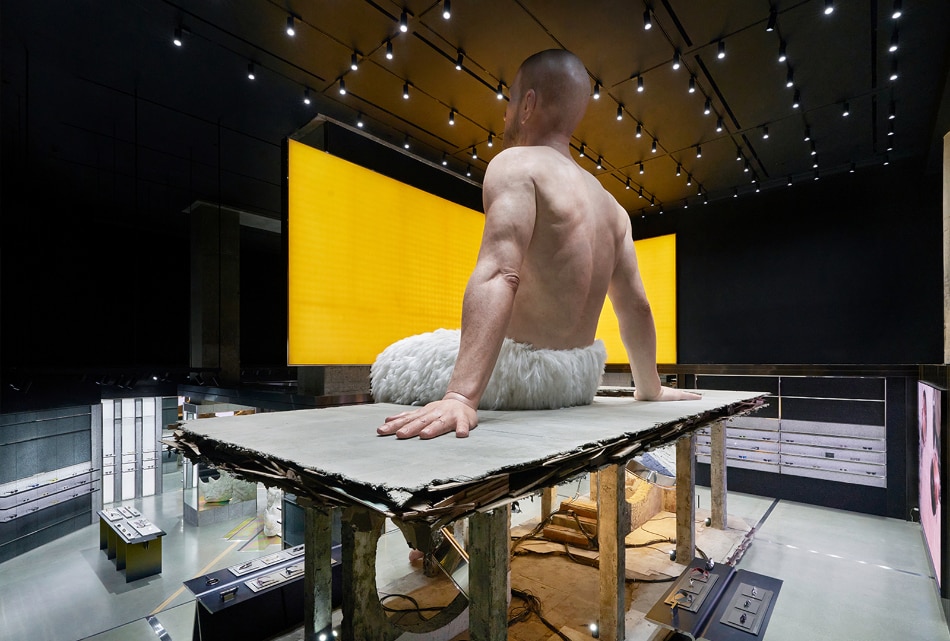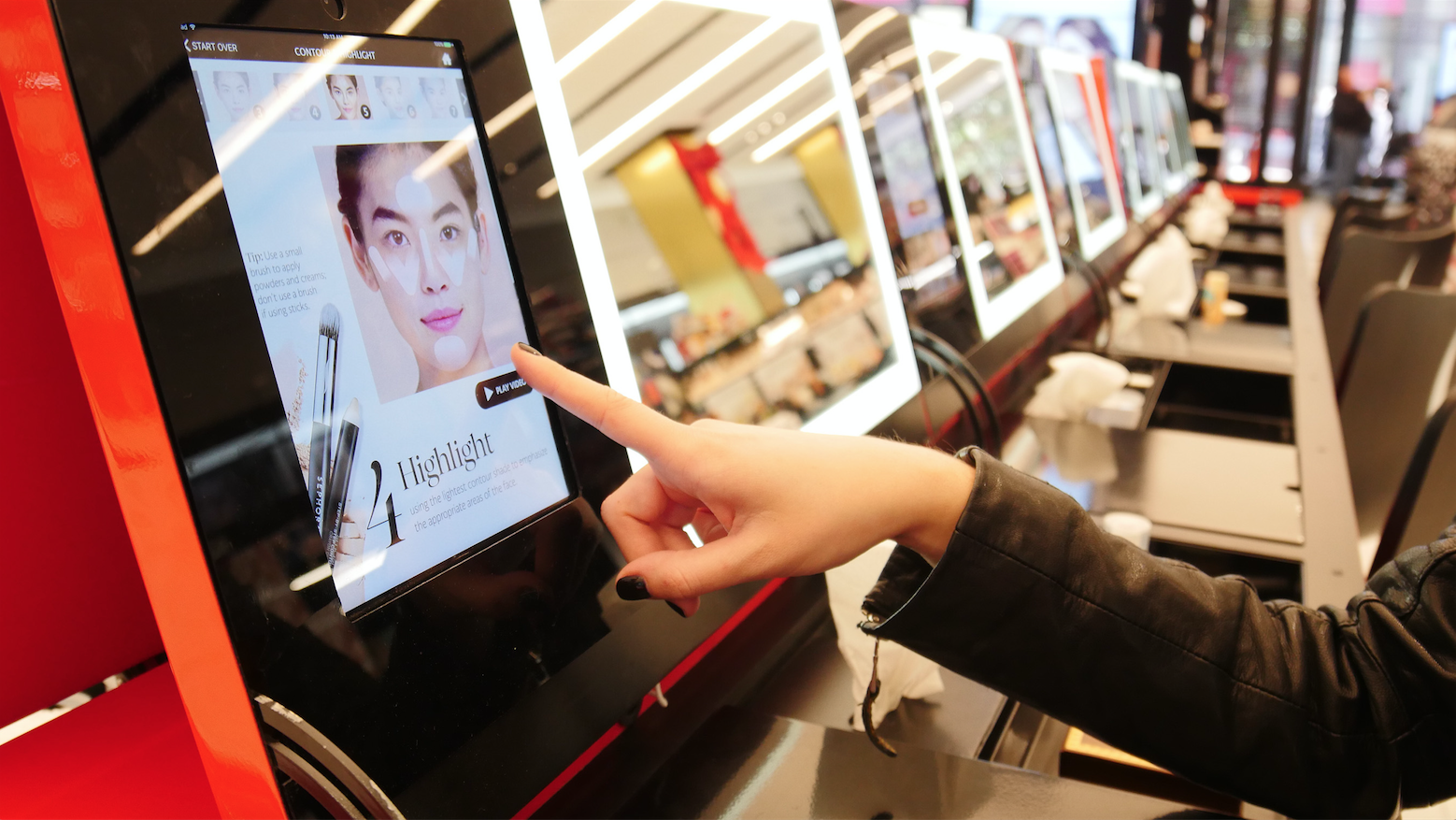
Fohlio is an advanced retail solutions software. Empower teams to open stores faster and improve their operational workflow with specification, prototyping, estimating, and procuring tools.
In the age of e-commerce dominance, the notion of traditional brick-and-mortar retail appeared to be fading into the background. However, recent trends suggest a surprising and robust resurgence of physical stores. Far from being rendered obsolete, brick-and-mortar stores are experiencing a renaissance, driven by innovative trends and strategic adaptations to meet the evolving needs of modern consumers. In this blog post, we'll delve into the key trends fueling the revival of brick-and-mortar stores and explore the strategies that businesses are employing to capitalize on this shift.
The Changing Landscape of Retail
1. Immersive Shopping Experiences:
One of the driving forces behind the resurgence of brick-and-mortar stores is the emphasis on creating immersive shopping experiences. Retailers are realizing that the physical store can offer something that online shopping cannot – a tangible and interactive experience. Stores are becoming more than just places to make purchases; they are evolving into destinations that engage all the senses. From interactive displays to in-store events, retailers are finding creative ways to captivate customers and encourage them to spend more time in-store through store planning.

Gentle Monster- Eyewear brand flagship in Manila, Philippines
2. Omnichannel Integration:
The line between online and offline retail is increasingly blurring as businesses embrace omnichannel strategies. Rather than viewing e-commerce and brick-and-mortar as separate entities, successful retailers are integrating the two to create a seamless shopping experience. Click-and-collect services, where customers can order online and pick up in-store, are becoming more common. Additionally, retailers are leveraging technology to enable in-store purchases from their online inventory, providing customers with more options and convenience.
Read: Is it death for brick-and-mortar stores?
Strategies for Success in the Brick-and-Mortar Resurgence
1. Technology Integration:
To stay relevant and competitive, brick-and-mortar retailers are incorporating cutting-edge technologies into their stores. Augmented Reality (AR) and Virtual Reality (VR) are being used to enhance the shopping experience, allowing customers to virtually try products before making a purchase. Smart mirrors equipped with AR technology, for instance, enable customers to visualize how clothing items will look on them without actually trying them on.
2. Data-Driven Decision Making:
The resurgence of brick-and-mortar stores is not just a shot in the dark; it's a well-informed strategic move. Retailers are leveraging data analytics to gain insights into customer behavior, preferences, and buying patterns. By collecting and analyzing data from both online and offline channels, businesses can tailor their in-store experiences through store planning to meet the specific needs and desires of their target audience. This data-driven approach enables retailers to optimize product placement, pricing, and promotions for maximum impact.
3. Community-Centric Approach:
Recognizing the importance of community engagement, many retailers are adopting a community-centric approach to their brick-and-mortar expansion. This involves connecting with local communities, understanding their unique needs, and tailoring the in-store experience to resonate with the cultural context. From hosting community events to supporting local causes, businesses are building strong ties with their customer base, fostering loyalty and establishing themselves as integral parts of the communities they serve.
4. Flexible Store Formats:
The one-size-fits-all approach to retail is becoming obsolete. Retailers are increasingly adopting flexible store formats that cater to diverse customer needs. This may involve experimenting with pop-up shops, temporary installations, or smaller concept stores that focus on specific product categories. By being agile and responsive to changing market demands, brick-and-mortar retailers can optimize their physical footprint and adapt to evolving consumer preferences.
5. Enhanced Personalization:
Personalization has long been a buzzword in the world of e-commerce, but brick-and-mortar retailers are now embracing it with renewed vigor. Using data analytics and customer insights, businesses are tailoring in-store experiences to individual preferences. From personalized recommendations to targeted promotions based on previous purchase history, the goal is to make every customer feel seen and valued, fostering a sense of connection that is often harder to achieve in the online realm.
Read: Nailing Multi-Location Retail Store Openings: 3 Essential Considerations
Case Studies: Realizing the Resurgence
To illustrate the effectiveness of these strategies, let's delve into a few case studies of retailers that have successfully capitalized on the resurgence of brick-and-mortar:
1. Nike's House of Innovation:
Nike's House of Innovation stores represent a paradigm shift in the brick-and-mortar experience. These flagship stores use cutting-edge technology to provide customers with a personalized and immersive shopping journey. From customizing sneakers in-store to offering exclusive in-person events, Nike has transformed its physical spaces into hubs of innovation and community engagement.

2. Sephora's Beauty TIP Workshop:
Sephora has embraced technology to enhance the in-store beauty experience. Their Beauty TIP (Teach, Inspire, Play) Workshops feature interactive beauty tools, augmented reality mirrors, and digital product guides. By combining the physical act of trying on makeup with the convenience of technology, Sephora has successfully merged the worlds of online and offline beauty retail.

3. Starbucks' Reserve Roastery:
Starbucks has redefined the coffee shop experience with its Reserve Roastery concept. These mega-stores go beyond traditional coffee shops, offering customers a multisensory experience that includes coffee bean roasting, artisanal bakery items, and unique, location-specific merchandise. The Reserve Roastery concept demonstrates how a well-curated physical space can elevate a brand and create a destination for consumers.

Read: Putting the Fast in Fashion: How Zara Drastically Reduced Lead Times
The Future of Brick-and-Mortar
The resurgence of brick-and-mortar is not just a fleeting trend; it's a strategic response to the changing retail landscape. As technology continues to evolve, we can expect even more innovative and immersive in-store experiences. The lines between online and offline retail will continue to blur, creating a truly interconnected shopping environment.
However, for this resurgence to be sustained, brick-and-mortar retailers must remain adaptable. Flexibility in store planning, a commitment to community engagement, a great retail solutions software, and a relentless focus on personalized customer experiences will be key to navigating the challenges and opportunities that lie ahead.
Side Note: Fohlio as A Retail Solutions Software
Fohlio serves as a powerful retail solutions software, playing a pivotal role in elevating store scalability Its comprehensive suite of features addresses key challenges in store planning and management.
Fohlio enables retailers to efficiently scale their operations with its product and materials database, facilitating the replication of successful store layouts. Through accurate cost estimation and detailed project prototyping, the software minimizes uncertainties, allowing businesses to plan effectively and allocate resources optimally. Fohlio's smart specification feature ensures consistency in brand experiences by centralizing materials management and pre-opening workflows. The software's collaborative platform brings together store planning, design, and procurement teams, fostering seamless communication and project coordination. By leveraging historical spending data, Fohlio supports retailers in capturing value and reducing costs, ultimately enhancing the overall efficiency and success of retail store operations.
In conclusion, the resurgence of brick-and-mortar retail is a testament to the enduring appeal of physical shopping experiences. By embracing technological advancements, data-driven insights, and community-centric approaches, businesses can not only survive in this new era but thrive. The future of retail is dynamic, and those who understand and harness the power of these trends will be at the forefront of the next chapter in brick-and-mortar success.
Fohlio is an advanced retail solutions software. Empower teams to open stores faster and improve their operational workflow with specification, prototyping, estimating, and procuring tools.
Expore Fohlio
Learn how to:
- Save days of work with faster specification
- Create firm-wide design standards
- Automate and centralize procurement
- Keep your whole team on the same Page
- Manage product data
- Track budget against cost in real time.
- Prepare for asset valuation
Published Dec 6, 2023

